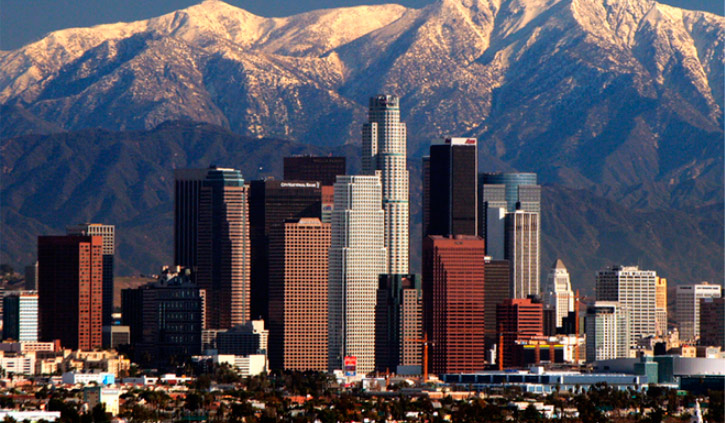About Whittier
Whittier is a city in Los Angeles County, California about 12 miles (19 km) southeast of Los Angeles. The city had a population of 85,331 at the 2010 census, up from 83,680 as of the 2000 census, and encompasses 14.7 square miles (38.0 km2). Like nearby Montebello, the city constitutes part of the Gateway Cities. Whittier was incorporated in February 1898, although it was first settled in 1887, and became a charter city in 1955. The city is named for the poet John Greenleaf Whittier and is home toWhittier College.
Whittier's roots can be traced to Spanish soldier Manuel Nieto. In 1784, Nieto received a Spanish land grant of 300,000 acres (1,200 km2), Rancho Los Nietos, as a reward for his military service and to encourage settlement in California. The area of Nieto's land grant was reduced in 1790 as the result of a dispute with Mission San Gabriel. Nonetheless, Nieto still had claim to 167,000 acres (680 km2) stretching from the hills north of Whittier, Fullerton and Brea, south to the Pacific ocean, and from what is known today as the Los Angeles River east to the Santa Ana River. Nieto built a rancho for his family near Whittier, and purchased cattle and horses for his ranch and also planted cornfields. When Nieto died in 1804, his children inherited their father's property.
At the time of the Mexican-American War, much of Whittier was owned by Pio Pico, a rancher and the last Mexican governor of California. Pio Pico built a hacienda in Whittier on the San Gabriel River, which today is known as Pio Pico State Historic Park Following the Mexican-American war, German immigrant Jacob F. Gerkens paid $234 to the U.S. government to acquire 160 acres (0.6 km2) of land under the Homestead Act and built a cabin known today as the Jonathan Bailey House. Gerkens would later become the first chief of police of the Los Angeles Police Department. Gerkens' land was owned by several others before a group of Quakers purchased it and expanded it to 1,259 acres (5 km2), with the intent of founding a Quaker community. The area soon became known as a thriving citrus ranching region, with "Quaker Brand" fruit being shipped all over the United States. Later, walnut trees were also planted, and Whittier became the largest walnut grower in the United States. In addition to walnuts and citrus, Whittier was also a major producer of pampas grass.
Southern Pacific Railroad built the first railroad spur to Whittier in 1887. The railroad spur helped promote the boom of the 1880s. By 1906, 650 carloads of oranges and 250 carloads of lemons were shipped annually by rail. In 1904, the Pacific Electric opened the trolley line known as "Big Red Cars" from Los Angeles to Whittier. In the first two decades over a million passengers a year rode to and from Los Angeles on the Whittier line. Groves of walnuts were planted in 1887 and eventually Whittier was known as the primary walnut growing town in the United States. After World War II Whittier grew rapidly and the sub-dividing of orange groves began, driven by housing shortages in southern California. In 1955 the new Civic Center complex was completed and the City Council met in new chambers for the first time on March 8, 1955. The City continued to grow as the City annexed portions of Whittier Boulevard and East Whittier, the 1961 annexation added over 28,000 people to the population, bringing the total to about 67,000.
In the founding days of Whittier, when it was a small isolated town, Jonathan Bailey and his wife, Rebecca, were among the first residents. They followed the Quaker religious faith and practice, and held religious meetings on their porch. As the city grew, the citizens named it after John Greenleaf Whittier, a respected Quaker poet. Whittier wrote a dedication poem, and is honored today with statues and a small exhibit at the Whittier museum; a statue of him sits in the park, and another representing his poem The Barefoot Boy used to reside by the City Hall. Whittier never set foot there, but the city still bears his name and is rooted in the Quaker tradition.
more ...





















